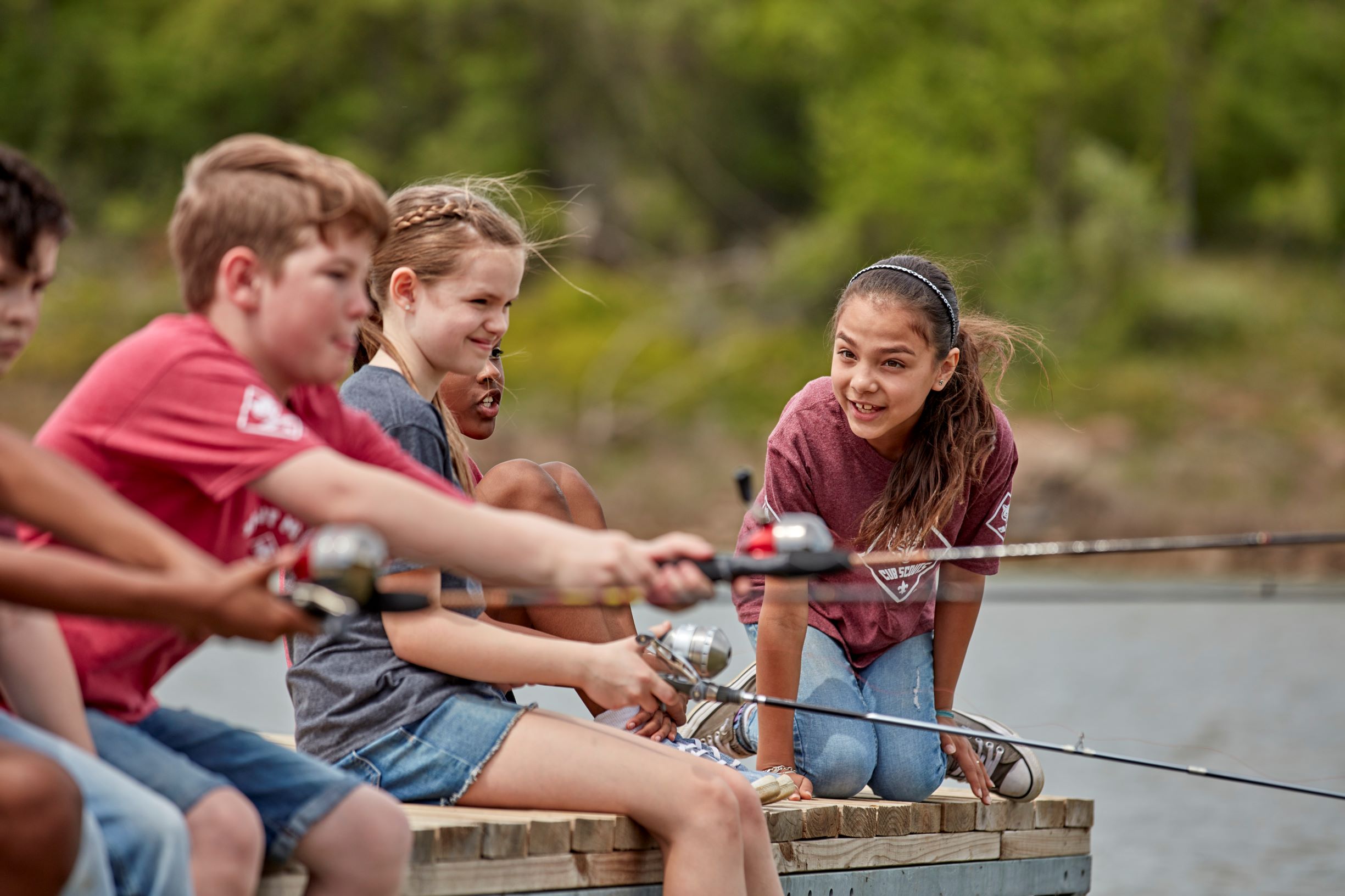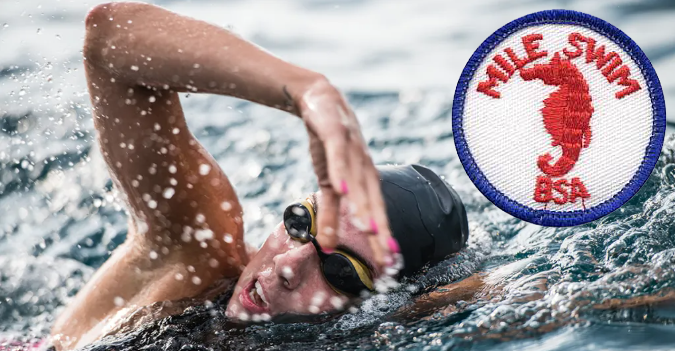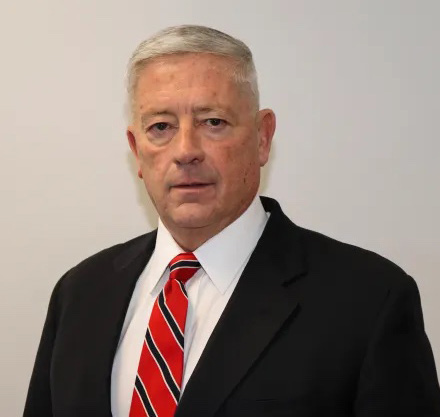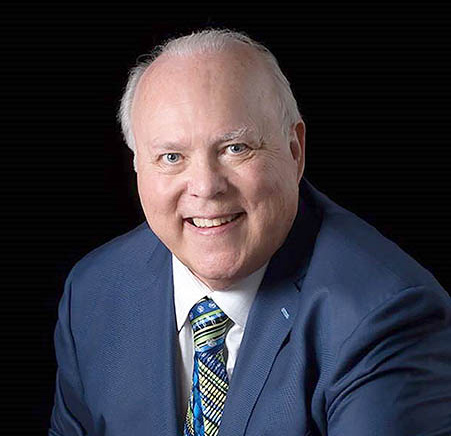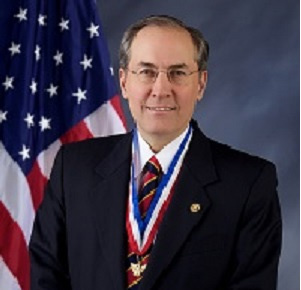
Camping
As we gear up for another exciting summer season of Scouting adventures, I want to take a moment to express my heartfelt gratitude for the incredible work you do as camp leaders. Your dedication and commitment to providing quality programs that enrich the lives of our Scouts do not go unnoticed.
The mission of the Boy Scouts of America comes to life at the camps you serve! Summer camp holds a special place in the heart of every Scout. It is a time of growth, learning, and camaraderie. Each year, Scouts eagerly anticipate the opportunity to attend camp, where they can participate in a variety of activities that challenge them, teach them new skills, and help them forge lifelong friendships. Many of them stay active in Scouting because of the experience they have in your camps!
“Summer camp is a time-honored tradition that provides Scouts with the opportunity to learn new skills, build confidence, and create lasting memories,” says Roger Krone, CEO of the Boy Scouts of America. “I want to extend a sincere thank you to all camp leadership for your tireless efforts in making these experiences possible for our youth.”
With this excitement comes a great responsibility. In Scouting, we will not compromise the safety of our youth, volunteers, and employees. Safety is a value that must be taught and reinforced at every opportunity. We are all responsible and must hold each other accountable to provide a safe environment for all participants. As camp leaders, you play a crucial role in ensuring that our camps are safe, inclusive, and welcoming environments for all Scouts.
I urge you to continue to uphold the highest standards of safety and quality in all aspects of your camp programs. Lean on the NCAP process, your camp staff and council leadership and your support system here at the National Service Center in Outdoor Programs and Properties. We are committed to your success and the success of your camping operation. Don’t forget to take care of yourself too. While my 15 years serving as a camp director were incredibly rewarding, it wasn’t without its long days and challenging moments. It’s crucial to take care of yourself so you can continue to be there for those who rely on you.
I remember my second summer serving as a council program director in the Inland Northwest Council. I was at Camp Grizzly outside Moscow Idaho, where we had a small lake. I tried to get around to all the program areas regularly and one Tuesday afternoon I was at the waterfront. Scouts were working on merit badges and enjoying the cool water. I noticed a group of Scouts near the dock, surrounding another Scout. As I got closer, I realized it was Kody, a Scout with cerebral palsy who was a camper that week. I stood back curious to see what was happening. I then witnessed for the next 40 minutes, Kody’s patrol swimming alongside him as he slowly worked to pass his swimmer test. I saw Scouts cheering him on from the dock and Scout swimming with him stroke for stroke. It was one of the most meaningful moments of my Scouting career so far. Those Scouts exhibited everything Scouting was about that day and 15 years later, I still remember this vivid experience.
I know this summer you will not only provide every Scout with a memorable and rewarding experience, but you will also help instill in them the values of Scouting that will guide them for the rest of their lives.
Thank you once again for your dedication and hard work. We look forward to another successful summer camp season under your leadership.
Yours in Scouting,
Andrea Watson
Director of Outdoor Programs and Properties

